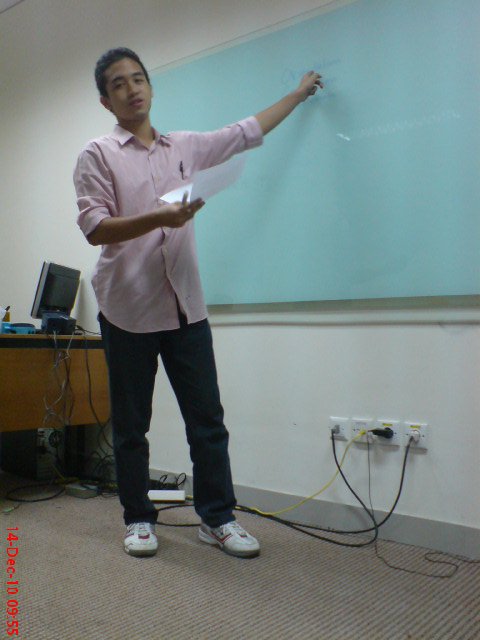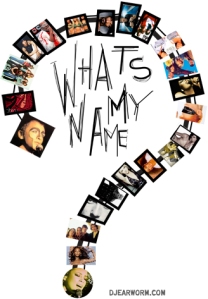This is my reflection about micro teaching practice that I’ve done. First, I want to reflect about my group. We got a role to teach writing. The teacher gave us freedom to decide anything for the micro teaching, so we tried our best to dig our creativity deeper. We chose to teach writing for senior high school students. Our language target is writing a narrative story. Our reason for choosing this topic was because students often find this kind of text in newspapers, magazines, television and especially in their school exam. So they must understand the concept of narrative text.
Yet, we tried to make a different approach in our class activities. The difference is in the writing narrative activity. We gave students an example of narrative story first. After that we asked them to write a narrative story based on the character exist in the story. Through this way we hope the students wouldn’t get bored in writing, since I myself confess that writing is boring. They could express their imagination from the story, and the result could be very far from the original story. After they wrote their own version, we asked them to read their story in front of the class. We even asked them to act out what characters in the story do. It is in line with what Ur said “most people feel pride in their work and want it to be read.” (Harmer, 2007). We wanted the students’ works to be heard, so they would feel praised. By this activity, we hope that their self-confidence to write is rised. Meanwhile, I couldn’t imagine how noisy the class that we made, but I think this kind of situation needed to be actualized in order to make class more ‘alive’. I liked this part very much, because in this time both teacher and students had a good quality of interaction. This interaction enables students to acquire the knowledge more effectively.
However, I still found some ineffective part in my group’s performance. The first one is the each member’s role in the simulation. We didn’t arrange the role for each member clearly, so when we were performing there was a misunderstanding among us. It affected on the class activity, the students sometimes got confused in responsing our instructions. The second is our time management. We often went over time in one phase, but fortunately we could cover all what we wanted to do. Perhaps in the real class it cannot be tolerated since the time is often very limited.
From the simulation sessions I also learnt many things from other groups. They showed various ways in teaching and also different approaches. One group that I learnt most is the Yosea’s group. His team also taught writing and the target language is also narrative. I liked the activity that students were asked to make a poster. Each poster contained the story made by the students, and students had to draw some pictures to describe the story. It was very good because this session could vary the writing activity without being boring. Students presented their works, and each works had different characteristics. The class ran very fun and interesting, so students could enjoy the lesson.
Unfortunately, I noticed some ineffective parts through the session. The first is when teacher explained the structure of narrative text in powerpoint presentation. The slides were very good, but the delivery from the teachers seemed a little bit boring. So students’ eyes only looked at the glass board but their mind were not there. Perhaps teacher could deliver the materials more attractive by not taking it too serious. He or she could make some jokes during the class. The second one is the group system. This was less effective I think, because not all students took part in writing a narative. It could be only one or two students in the group who made the story. The rest could only do nothing, so that each students’ writing and understanding could not be detected. Perhaps it’s better to give the writing task to each student so teacher would be able to know the personal ability of the students in writing.
Finally, we are still learning to teach language. I hope that by the time I can always improve my skills in teaching, not only in particular skills but all skills. This is a good start for me. It’s just how I keep my development on the right track.




